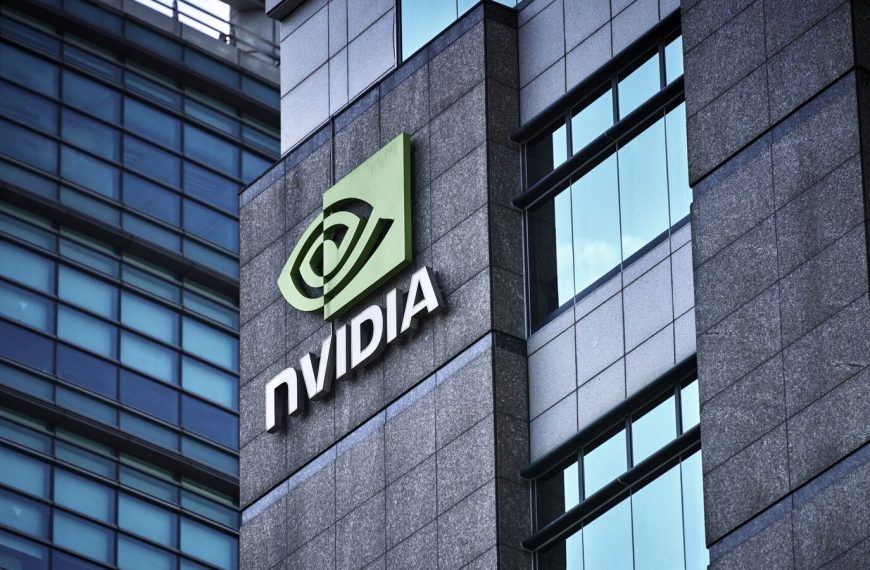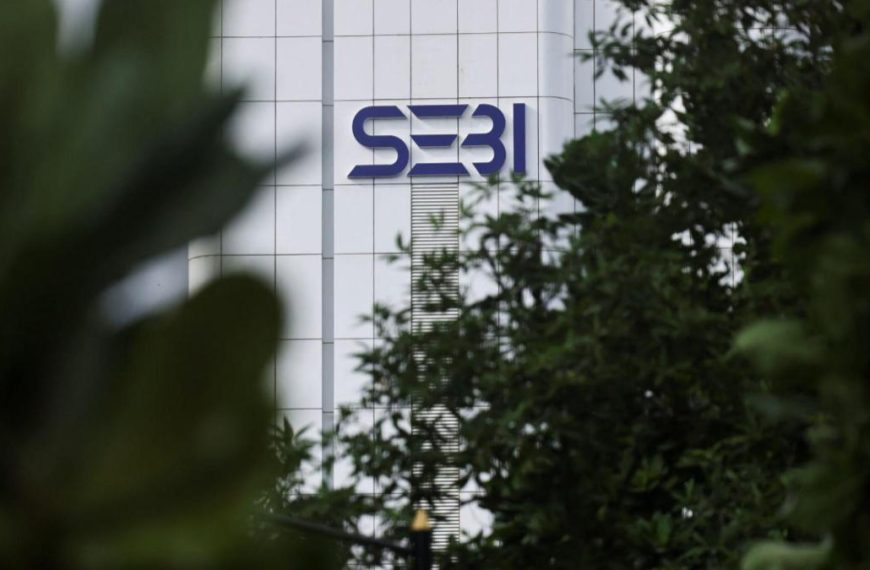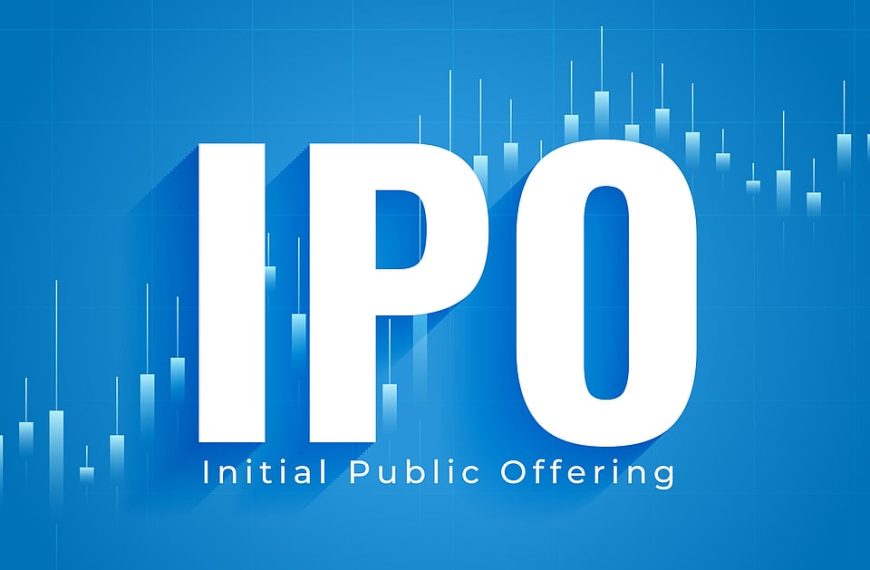Asian markets experienced a robust recovery on Tuesday, with Japan’s Nikkei 225 index surging by over 6%, bouncing back after a steep decline of nearly 8% the previous day. This remarkable rebound came on the heels of a tumultuous day on Wall Street, where U.S. stocks tumbled in response to President Donald Trump‘s threats to further escalate his tariffs. Meanwhile, China’s Commerce Ministry vowed to “fight to the end,” indicating potential countermeasures against the U.S. as tensions rise in the ongoing trade conflict.
Nikkei 225 Leads the Charge
By late morning in Tokyo, the Nikkei 225 had climbed 6.5%, reaching 33,148.52. Other Asian markets also showed positive movement:
- Hong Kong’s Hang Seng index rebounded 1.7% to 20,163.97 but still faced the aftermath of a staggering 13.2% drop on Monday, marking its worst day since the 1997 Asian financial crisis.
- Shanghai Composite increased by 0.8% to 3,121.72.
- South Korea’s Kospi and Australia’s S&P/ASX 200 both rose 1.6%, settling at 2,364.22 and 7,462.60, respectively.
- New Zealand’s markets also followed suit with gains.
Wall Street’s Rollercoaster Ride
On Monday, the S&P 500 dipped by 0.2%, leaving investors on edge as they awaited developments in Trump’s trade policies. If other countries agree to new trade agreements, there is a possibility that tariffs could be reduced, alleviating some economic pressure. However, if Trump continues to impose tariffs, market analysts fear that stock prices may decline further.
The Dow Jones Industrial Average fell by 349 points (0.9%), while the Nasdaq Composite saw a slight uptick of 0.1%. The day began with significant losses, with the Dow plummeting nearly 1,700 points at one point. However, it later surged by almost 900 points, a dramatic swing fueled by a false rumor regarding a potential 90-day pause on tariffs—a claim quickly debunked by a White House spokesperson.
Investor Sentiment and Market Dynamics
The volatility in stock prices reflects investor anxiety and their yearning for signs of a potential easing of trade tensions. This uncertainty is compounded by the reality that Trump’s tariffs, initially introduced on what he dubbed "Liberation Day," have already begun to inflict financial strain on global investments.
- Oil prices have also taken a hit, with U.S. crude dipping below $60 a barrel for the first time since 2021. As of early Tuesday, it had recovered slightly to $61.32 per barrel, while Brent crude rose to $64.91.
- In currency exchanges, the U.S. dollar strengthened against the Japanese yen, moving from 147.71 to 147.32, whereas the Euro fell to $1.0983 from $1.0917.
- The price of gold surged by $38, reaching $3,011.60 an ounce, and Bitcoin increased by 2.1%, rising to $80,081.17 after dipping below $79,000 the previous day.
Conclusion
As the global economy grapples with the ramifications of heightened trade tensions and fluctuating markets, investors remain in a state of cautious optimism. The hope for diplomatic resolutions and stable economic policies continues to shape market movements, making it a crucial time to monitor developments closely.











